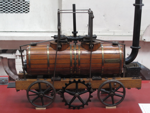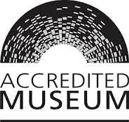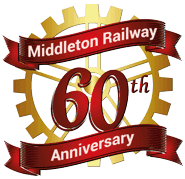General
S19: Hunslet 1493
0-4-0ST steam locomotive 'No. 11'
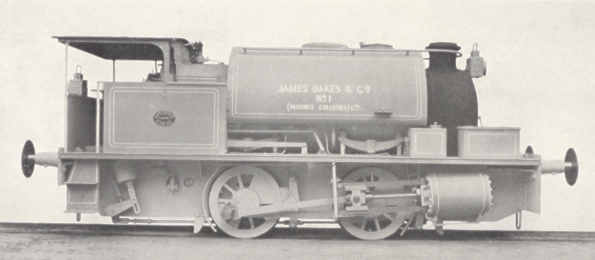
| Built | 1925, at Leeds |
| Weight | 26 tons 19 cwt |
| Length over buffers | 23' 2" (approx 7.1 m) |
| Driving wheels | 3' 2½" diameter (approx 98 cm) |
| Cylinders | 2 (outside), 14" diameter (approx 355 mm) |
| Previously worked | Pye Hill Colliery, Jacksdale, Nottinghamshire |
| Entered collection | Purchased by an MRT member from the Shackerstone Railway Society in 2001 |
| Current status | Undergoing restoration to operational condition |
More details of this locomotive are given in our stockbook.
Go on to steam locomotive S20: Hudswell-Clarke 1369.
Go back to steam locomotive S17: Hunslet 1684.
Return to the list of steam locomotives.
More Information
Other pages provide more information about:
S17: Hunslet 1684
0-4-0T steam locomotive "Mendip Collier"
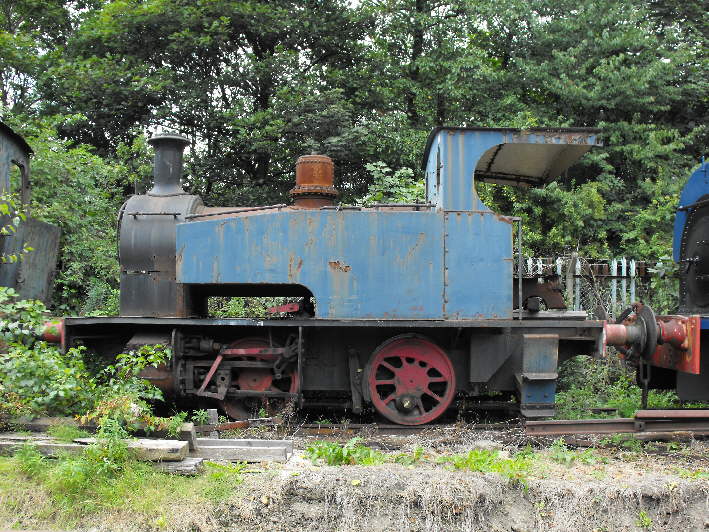
| Built | 1931, at Leeds |
| Weight | 23 tons 10 cwt |
| Length over buffers | 21' 10" (approx 6.7 m) |
| Driving wheels | 3' 4" diameter (approx 102 cm) |
| Cylinders | 2 (outside), 12" diameter (approx 305 mm) |
| Previously worked | Kilmersdon Colliery, Somerset |
| Entered collection | Purchased in 1968 by the G.W.R. 1338 Locomotive Fund, and moved to Leeds in 2006 |
| Current status | Awaiting restoration |
More details of this locomotive are given in our stockbook.
Go on to steam locomotive S19: Hunslet 1493.
Go back to steam locomotive S16: Hunslet 1540.
Return to the list of steam locomotives.
More Information
Other pages provide more information about:
Running Shed Opening Ceremony
Once the Running Shed had been fitted out, the final stage of the project to build it was to have a grand opening ceremony. As is often the case with such opening ceremonies, this took place some considerable time after the shed had begun to be used, since this had been during December 2017, for preparing the locomotives that were operating the Santa Specials. The opening ceremony then took place more than six months later, on 21st July 2018.
The opening ceremony was performed by Councillor Judith Blake, the leader of Leeds City Council, and we had invited all those who had contributed to the project - either financially or by volunteering during the construction of the building. The response had been considerable, and so a good crowd had gathered in the area just outside the Engine House, as shown in the picture below.
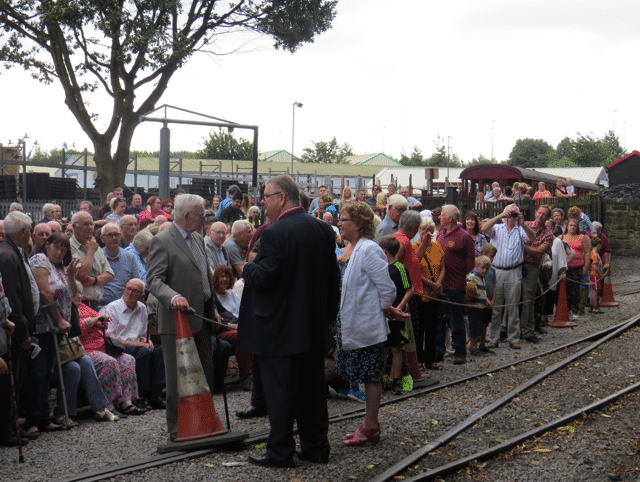
Looking towards the platform, and part of the crowd attending the ceremony, who were gathered outside the Engine House and the Running Shed. In the foreground, on the track side of the rope barrier, are (from left to right) Don Townsley (a Vice President of MRT), Ian Smith (a Vice President of MRT) and Councillor Judith Blake.
Picture © Janet Auckland, 2018.
Ian Smith, one of our Vice Presidents, acted as master of ceremonies, and began with some brief safety information, mainly warning people to be careful of the two pits if they visited the Running Shed. He then introduced Councillor Judith Blake, as shown in the two pictures below.
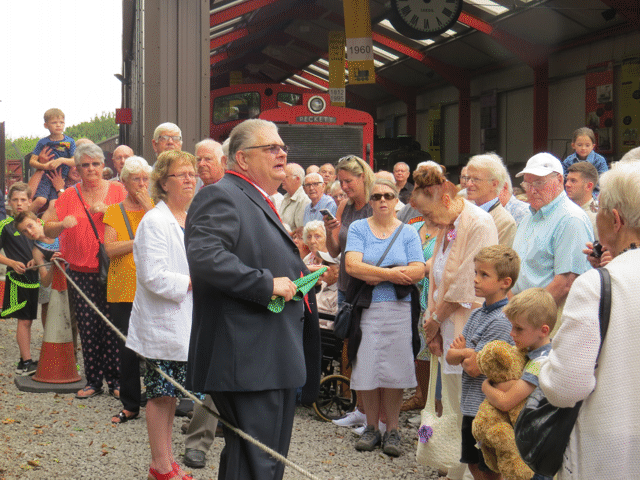
Ian Smith introducing Councillor Judith Blake, with the Engine House behind them.
Picture © Janet Auckland, 2018.
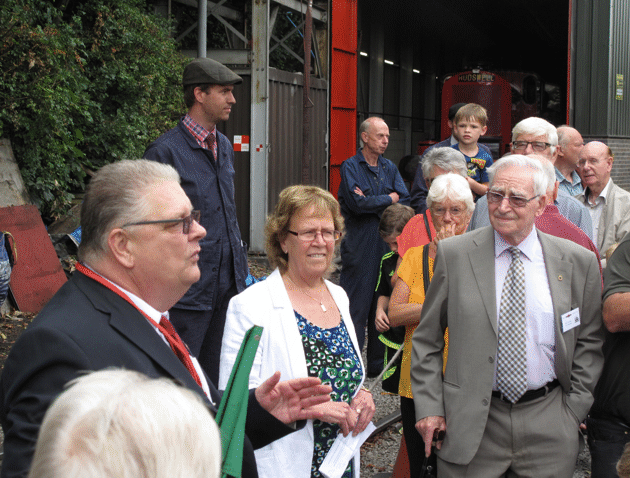
Ian Smith introducing Councillor Judith Blake, with Don Townsley to the right of her, and behind them the Running Shed and a couple of our volunteers who were crewing the locomotives.
Picture © Tony Cowling, 2018.
Councillor Judith Blake then made a speech, explaining briefly the significance of the Running Shed to the railway, and the significance of its location on the former alignment of the old Middleton Light Railway, which had been part of Leeds City Tramways. She then went on to encourage the crowd to congratulate all of the volunteers who had been involved in the project to construct the Running Shed.
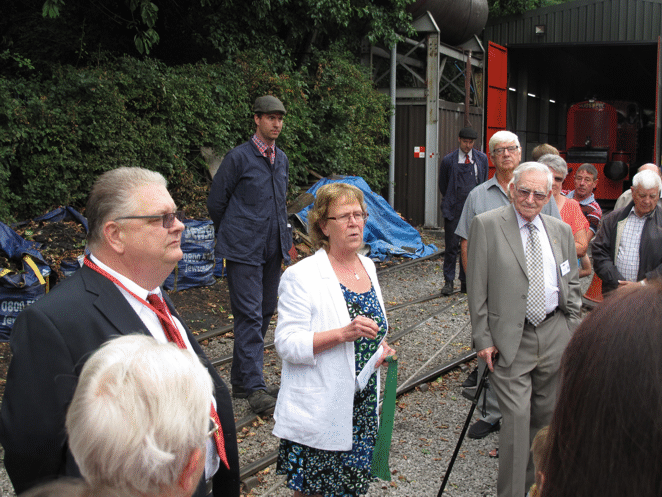
Councillor Judith Blake making her speech, and being listened to attentively by Ian Smith, Don Townsley, some of our volunteers and part of the crowd.
Picture © Tony Cowling, 2018.
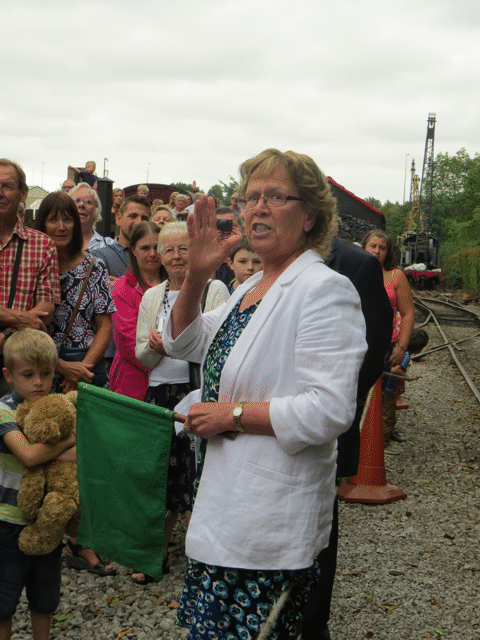
Councillor Judith Blake making her speech, and encouraging the audience to congratulate all of the volunteers who had worked on the Running Shed project.
Picture © Janet Auckland, 2018.
Following her speech, Councillor Judith Blake then waved the green flag to signal to the drivers of the two locomotives that they should bring them out of the Running Shed.
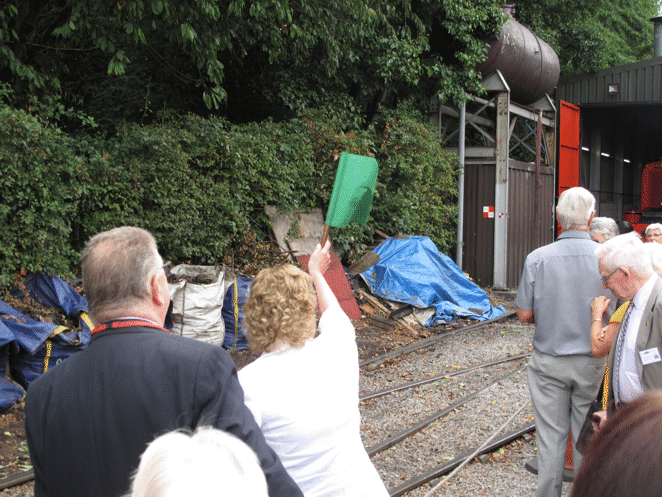
Councillor Judith Blake signalling to the drivers of the locomotives to leave the Running Shed.
Picture © Tony Cowling, 2018.
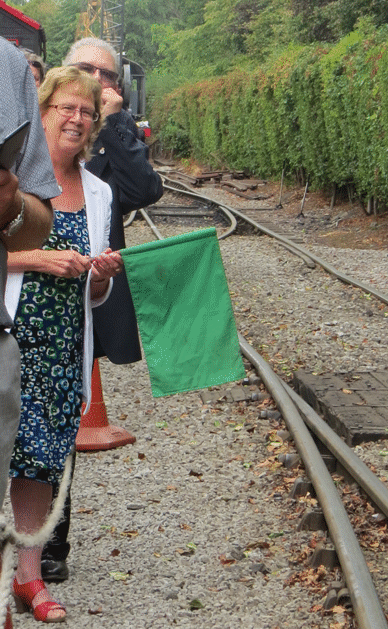
Almost a driver's-eye view of Councillor Judith Blake signalling to them to bring the locomotives out of the Running Shed.
Picture © Janet Auckland, 2018.
At this point somebody suggested to Councillor Judith Blake that she really ought to have a whistle as well as a green flag, and so one was immediately provided.
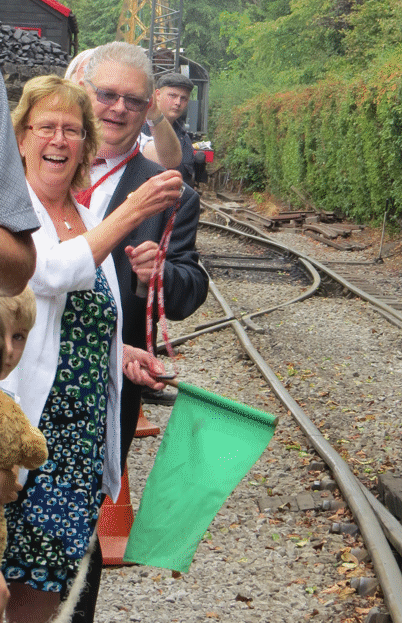
Councillor Judith Blake, now with whistle as well, signalling to the drivers to bring the locomotives out of the Running Shed.
Picture © Janet Auckland, 2018.
The first of the two locomotives to emerge was the Hudswell Clarke diesel D577 Mary.
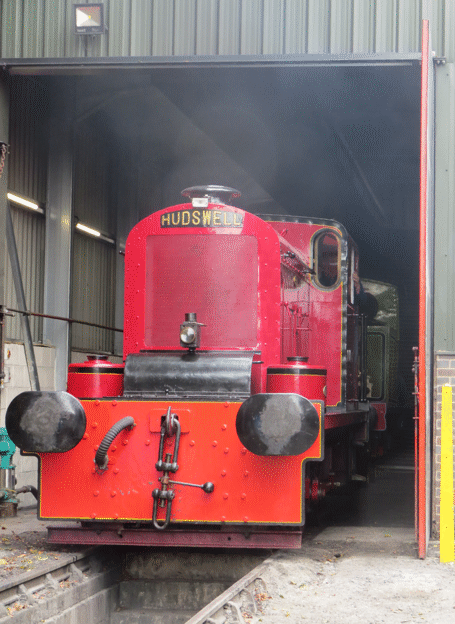
HC D577 Mary emerging from the Running Shed.
Picture © Janet Auckland, 2018.
As Mary ran past the crowd it was greeted enthusiastically, at least by those who were not occupied in taking photographs of it! It then ran forward past the coaling stage and out onto the passenger line, and then ran back through the loop and coupled on to the rear of the passenger train.
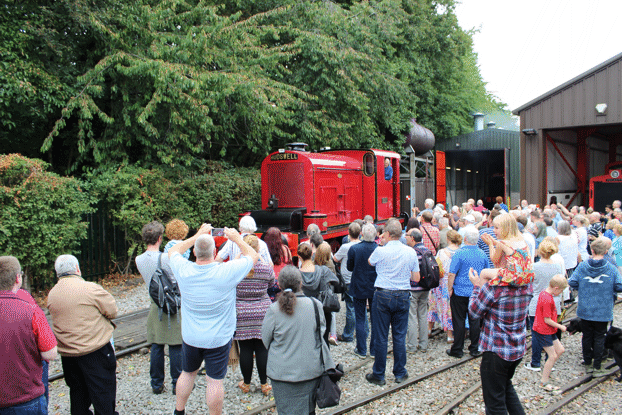
HC D577 Mary making its way past the crowd towards the coaling stage.
Picture © Andrew Gill, 2018.
The second of the two locomotives involved in the ceremony was the steam locomotive NER 1310, and the two pictures below show it following Mary out of the Running Shed.
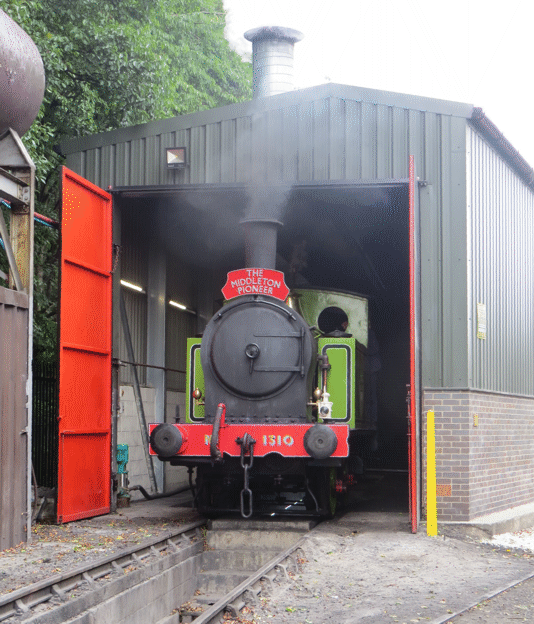
NER 1310 emerging from the Running Shed.
Picture © Janet Auckland, 2018.
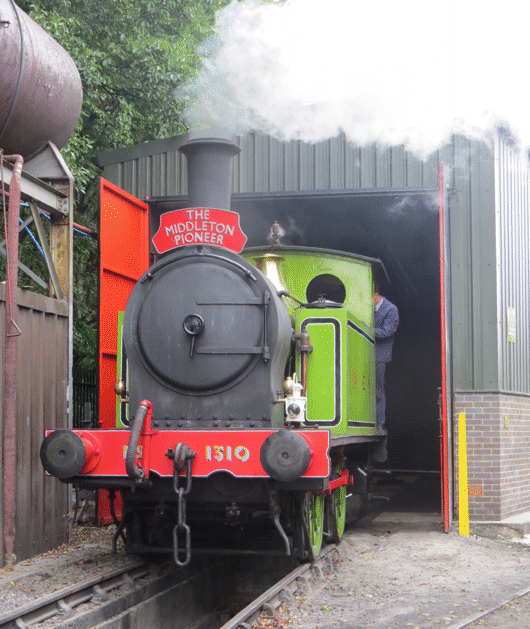
NER 1310 emerging from the Running Shed.
Picture © Janet Auckland, 2018.
NER 1310 was also greeted enthusiastically by those in the crowd who were not busy taking photographs of it. As shown in the two pictures below, it too ran forward as far as the coaling stage, but then it reversed back and returned to the Running Shed.
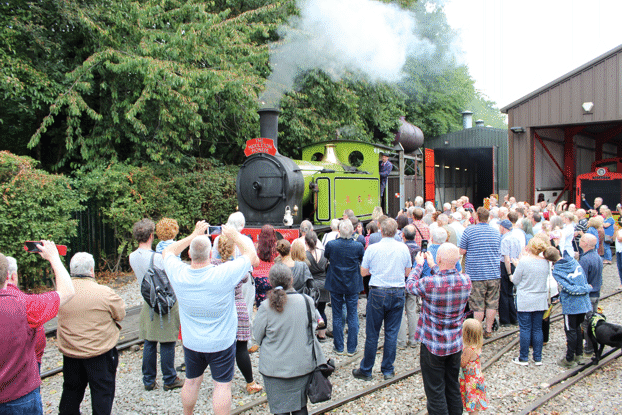
NER 1310 making its way past the crowd towards the coaling stage.
Picture © Andrew Gill, 2018.
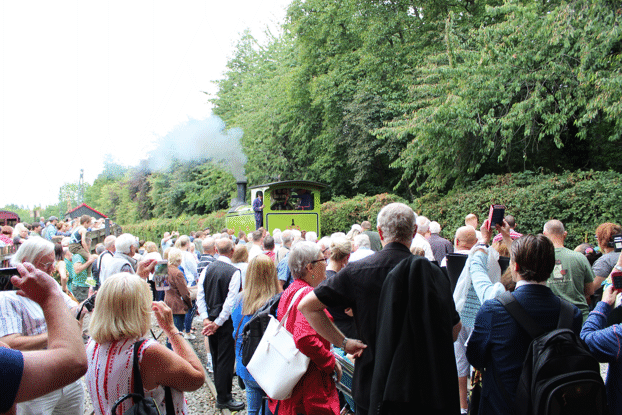
NER 1310 almost at the coaling stage, before reversing back into the Running Shed.
Picture © Andrew Gill, 2018.
Once NER 1310 was back in the Running Shed, then many of the crowd came to inspect the shed, and in particular to look at the engraved bricks on the outside wall. Others went for lunch, while quite a number went for a ride on the train. This included Judith Blake and her fellow councillors, and the two pictures below show them on the locomotive which was at the front of the train, namely Hudswell Clarke D1373 MD&HB No. 45.
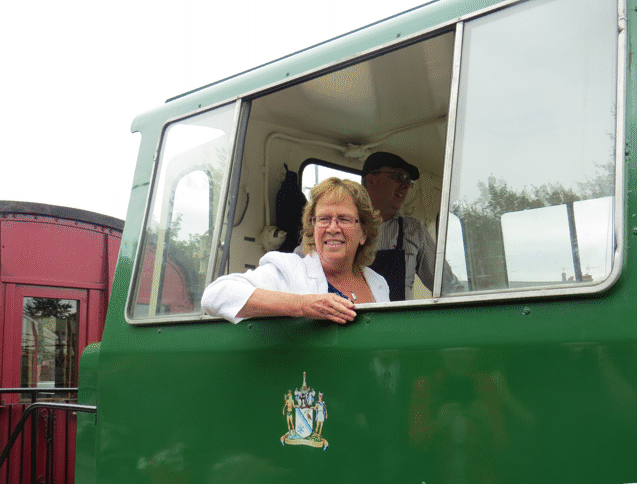
Judith Blake in the cab of HC D1373, with the driver standing behind her.
Picture © Janet Auckland, 2018.
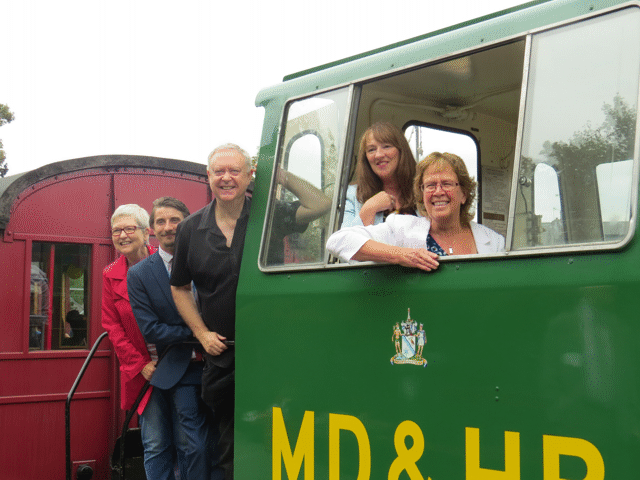
The team of local councillors on the footplate of HC D1373. From left to right, they are: Councillor Al Garthwaite, Councillor Paul Wray, Councillor Paul Truswell, and (in the cab of the locomotive) Councillor Kim Groves and Councillor Judith Blake.
Picture © Janet Auckland, 2018.
This not only completed the ceremony, but also the whole of the project. From the initial decision to start, which had been taken in May 2013, it had taken just over 5 years. This may sound like a long time for a building that holds just two locomotives, but not only did we have a railway to run at the same time as we were building it, but also we were constructing another building (in connection with our HLF-funded project to acquire and conserve the David Monckton collection of locomotives), and overhauling one of these locomotives too. Other sets of project pages will tell you about the Picton shelter building and the overhaul of Brookes No. 1.
Given that all this was going on as well, we think that we did quite well!
Go back to the previous stage in this project.
Return to the overall description of this project.
More Information
Other pages about this project and the "Buy a Brick" appeal:
- An overview of the project and the appeal;
- The "Buy a Brick" appeal;
- The structure of the project;
- The progress with the project;
- The construction of the pit;
- Design and site preparation;
- Construction of the foundations;
- Erection of the framework;
- Construction of the walls and roof;
- Fitting out.
Other pages provide more information about:
After the Fire
In the early morning of Sunday 15th July 2018, our neighbours at Jewson's builder's merchants suffered a major fire. We suffered too, and this page gives explains how, and what we did about it.
What Happened
Early on the Sunday morning, Jewson's builder's merchants suffered a major fire, as the result of an arson attack. This fire gutted their site, and also forced the evacuation of residents of Lake Terrace, on the other side of their site.
The fire also affected the railway, in various ways.
- Our pallet van (code name "Palvan") caught fire, and was partly burnt out, along with many of the tools for work on the track that were stored in it.
- Our ballast wagon (code name "Dogfish") suffered major damage to its paintwork.
- The side of our Engine House building was scorched, and seemed likely to need repairs.
- The front of our platform shelter was also scorched, and needed some repair.
- Some external wiring was damaged, and in particular the PA system which served our platform was destroyed.
- On police advice, we had to abandon the operation on Sunday of our special event called "Leeds Diesels on Display".
By Monday 16th July we were able to start making plans for repairing the damage, and in particular for rebuilding the Palvan and repainting the Dogfish wagon. To give you an idea of what would be involved, the two photographs below show the Palvan running on the Saturday as part of the gala event, and as it was on Sunday morning.
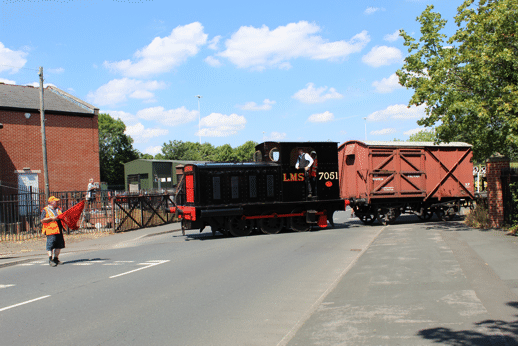
The Palvan in a train crossing Moor Road

Fire damage to the Palvan and the Dogfish
Fortunately we found that the chassis and the steel framework of the Palvan had suffered very little damage, so that the main work in repairing it would be replacement of the wooden panelling, including the floor, the doors and the roof. This would, though, involve significant costs, which were estimated at about £15,000, of which only £4,000 would be covered by the insurance.
By contrast, the only real damage to the Dogfish was the scorching of the paintwork on the body, and the insurance would cover the work of repainting it.
We therefore set up an appeal for donations towards the cost of repairing the fire damage, and in particular the cost of rebuilding the Palvan. That appeal raised several thousand pounds, but now that the recovery work has been completed it has been closed.
Repairing the Damage
We contacted our insurers, who appointed a loss adjuster, and with his help we were able to put together a claim for the damage. In particular, we were quickly able to start the process of replacing the tools that had been damaged in the Palvan.
To repaint the Dogfish wagon we had to decide on a livery, and since we were preparing for our "Last Coals to Leeds" event the obvious choice was to paint it in NCB livery, and give it the (fictitious) running number MB 150, as shown in the picture below.
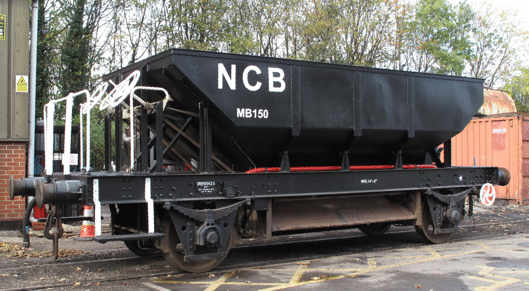
The Dogfish repainted in NCB livery
We replaced the PA system for the platform and repaired the major damage to the buildings, and this just left as the main item the restoration of the Palvan. After negotiations with various firms that can do this kind of repair, we appointed Stanegate Restorations of Haltwhistle to do the work, and the picture below shows the van leaving our site at the beginning of June 2019.
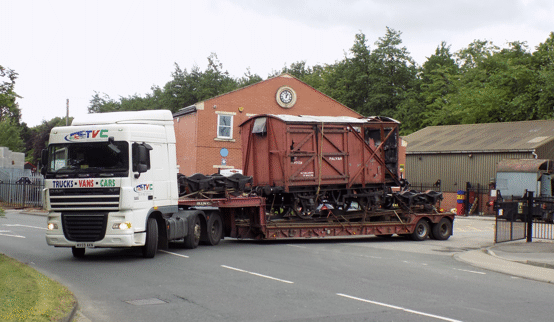
The Palvan leaving for Stanegate Restorations
They made good progress with the work, and the two pictures below, taken at the end of July, show the van with some of the new panelling in place.
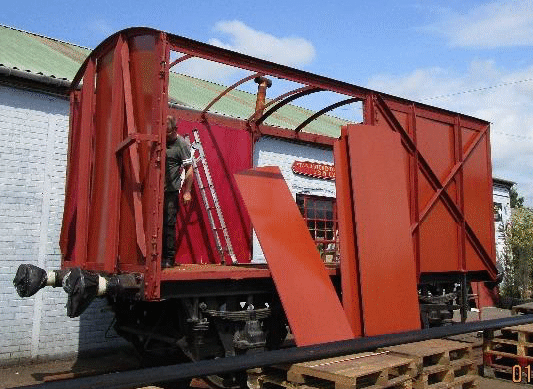
Work in progress on rebuilding the Palvan
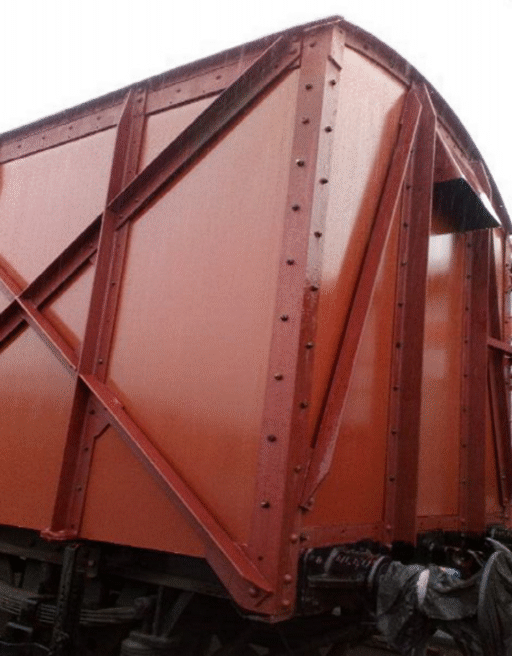
New panelling on the Palvan
Other work that was having to be done on the van was to refurbish the floor plating, and to construct new wooden roof sticks to support the metal ones that are still in place. The two pictures below show the progress with these components, also at the end of July.
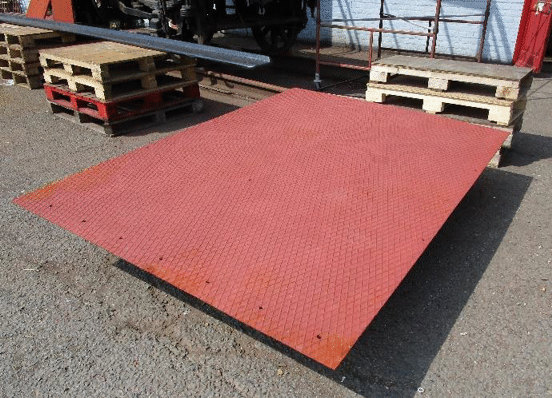
A refurbished floor plate
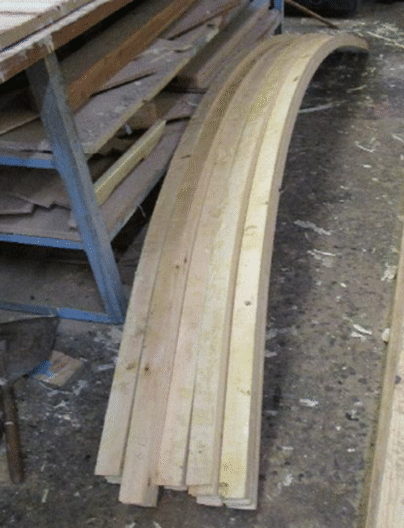
New wooden roof sticks
By early December most of this work was finished, apart from the external lettering and some internal painting. During December it was agreed that it would suit both parties for the van to return to Middleton and for the final bits of painting to be done here, and so the van was actually transported back here early in January 2020. It was accommodated in the display hall, and the picture below shows it soon after it had arrived.
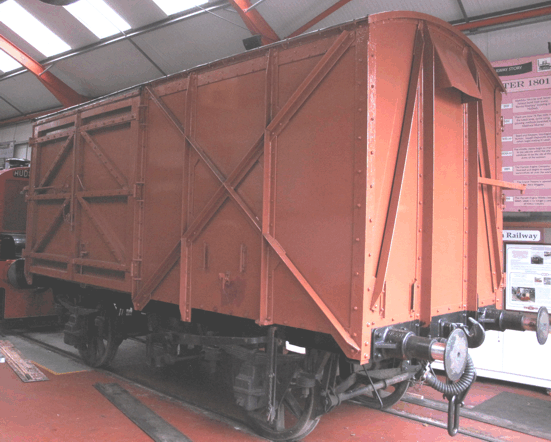
The Palvan in the display hall, soon after its return
In February a team from Stanegate Restorations travelled down here for two days to do the lettering, after which we did the internal painting. The picture below shows the van outside the main workshop, soon after all of this work had been completed.
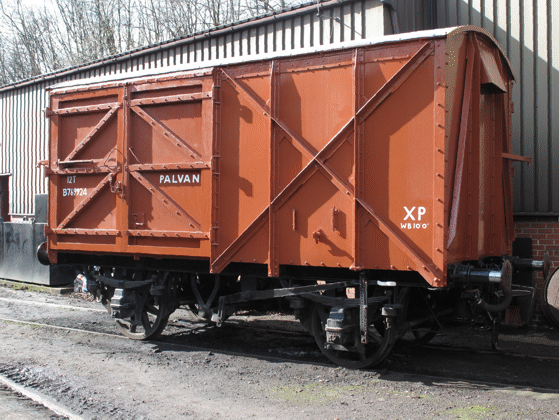
The Palvan outside the workshop, with the restoration complete
More Information
Other pages provide more information about:
S16: Hunslet 1540
2-6-2T steam locomotive "Picton"
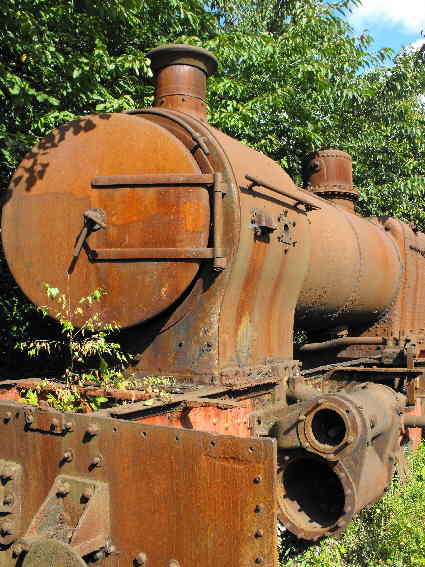
| Built | 1927, at Leeds |
| Weight | 52 tons 9 cwt (in working order) |
| Length over buffers | 31' 9" (approx 9.7 m) |
| Driving wheels | 3' 7" diameter (approx 109 cm) |
| Cylinders | 2 (outside), 16" diameter (approx 405 mm) |
| Previously worked | Usine Sainte Madeleine sugar plantation, Trinidad |
| Entered collection | Purchased by an MRT member from Usine Sainte Madeleine in 2002, and then by the MRT in 2013 with support from the Heritage Lottery Fund |
| Current status | Awaiting conservation, supported by the Heritage Lottery Fund: more details are given in the pages Conserving "Picton" |
More details of this locomotive are given in our stockbook.
Go on to steam locomotive S17: Hunslet 1684.
Go back to steam locomotive S15: Kitson 5469.
Return to the list of steam locomotives.
More Information
Other pages provide more information about:
Subcategories
Projects
Projects and appeals.
Volunteering
For pages related to volunteering and membership

